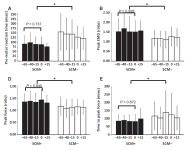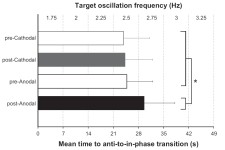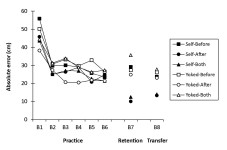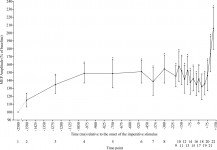Publication: Neural processes mediating the preparation and release of focal motor output are suppressed or absent during imagined movement
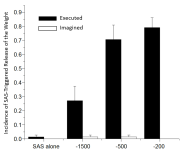
PDF This study investigated whether movements that were “imaged” or “imagined” to be executed involved a build up of preparatory activation in brain structures in a similar way as movements that were actually executed. By using a loud startling acoustic stimulus, we are able to elicit pre-planned movements if they…




